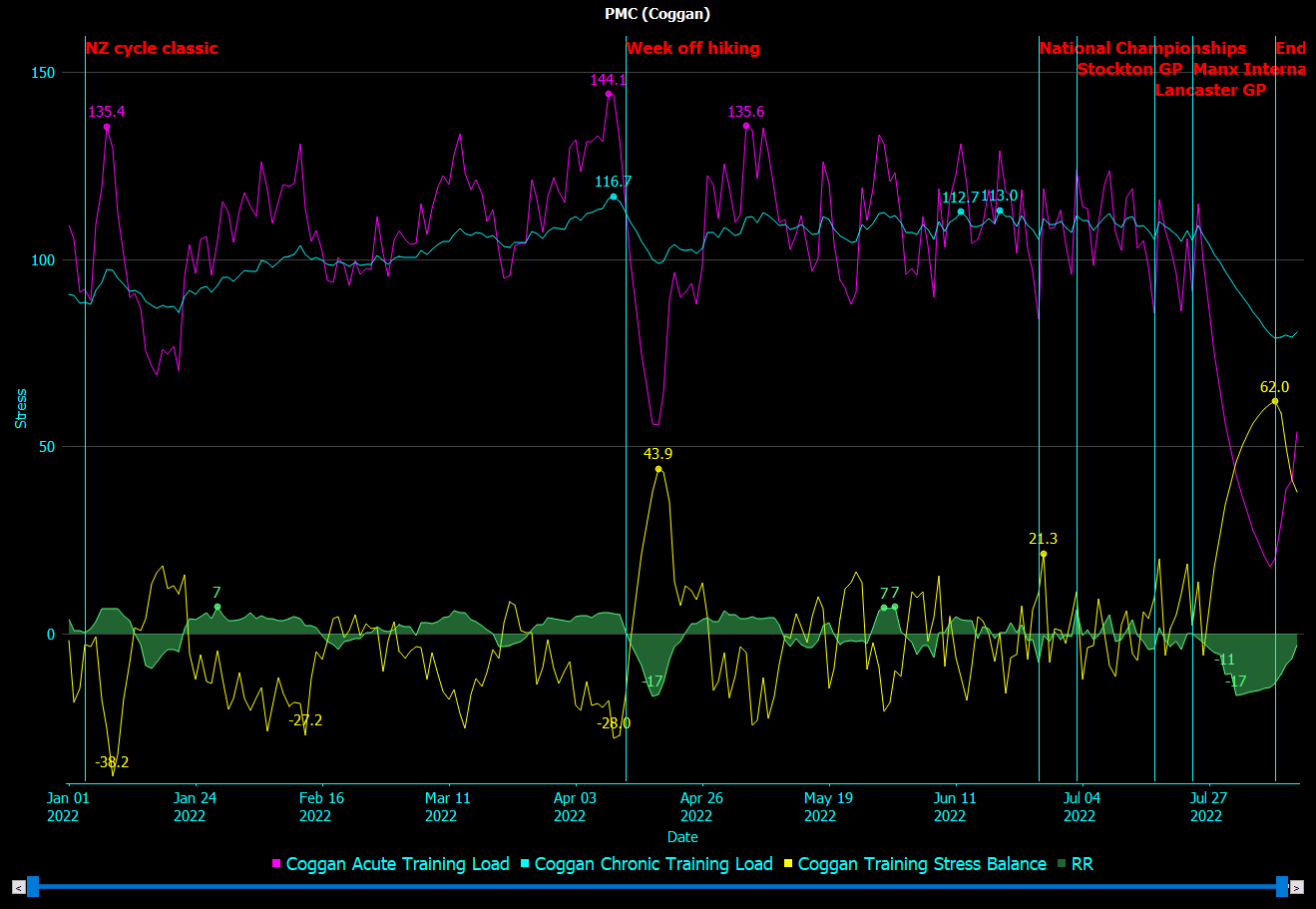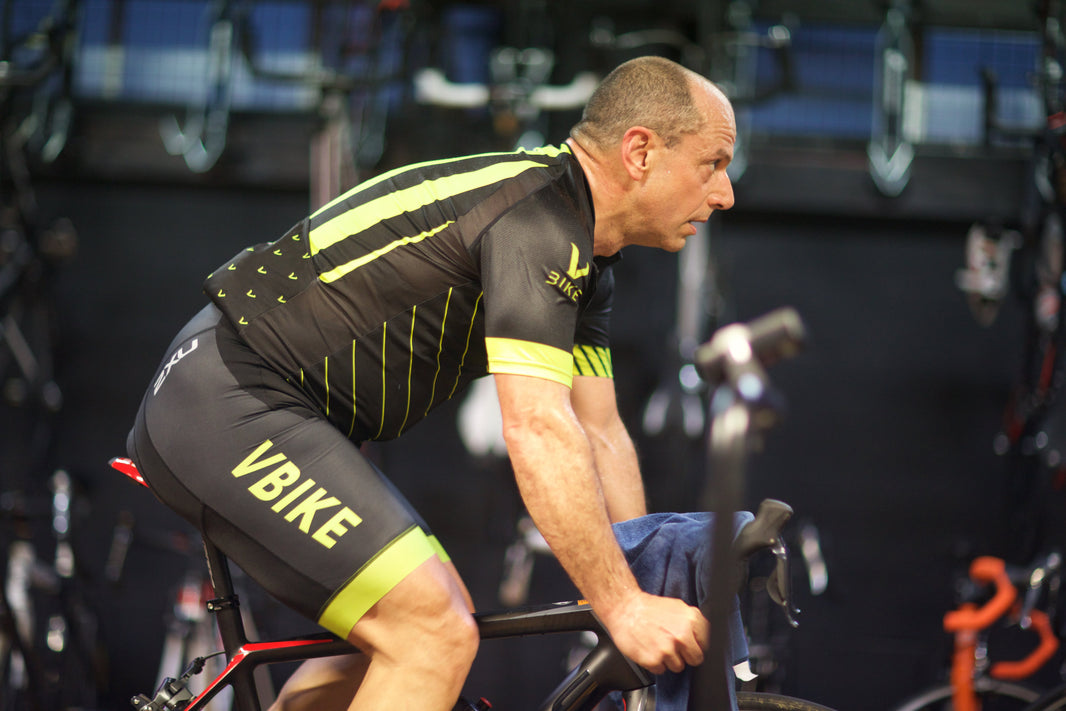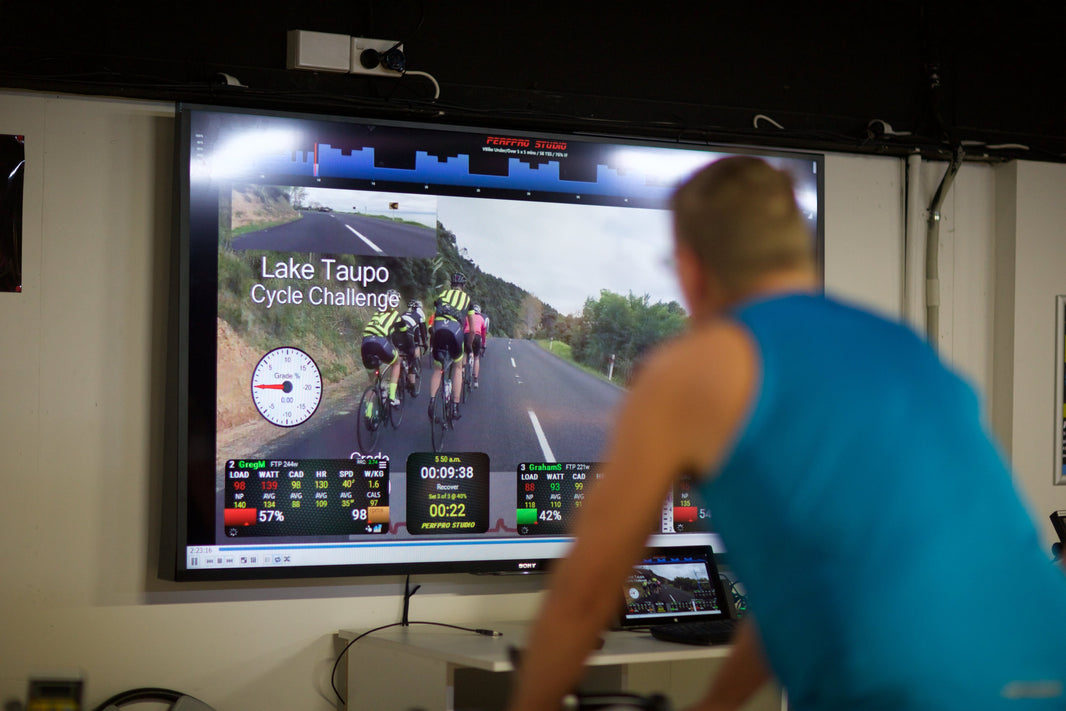Periodization is shaping your training so that you reach peak performance for your goal event.
Whether you are training for Lake Taupo, Ironman world championships or even your local 5k, you simply will not achieve your potential unless you have periodized your training. And it's much easier than it sounds! Follow our step by step guide below, or contact us for more information on one-on-one coaching.
Plan ahead
Reverse engineer your training plan by firstly highlighting your goal. This is the event you really want to smash. Any other events on the calendar can be used as practice - going through the motions of race day but without the expectation of a result.
Now you can gauge how many weeks you have until the event. If your plan is longer than 26 weeks, think about setting intermediate goals. Even the focus of a fully committed pro athlete would dwindle with a long time frame.
If your event is approaching soon - don't worry, having a plan will give you better results than winging it, regardless of the length of time you have to play with.
Plot your training volume
However many weeks you have until your goal event, break down your plan into 3-4 week blocks, called mesocycles. The first half of your plan should include mesocycles that increase in volume. Following that, stabilise the volume to allow for more intense workouts and end with a low volume mesocycle so that you freshen up for race day. See the image below for an example.

Plan and record the volume either by hours spent training, or by training stress (calculated by cycle computers or watches).
The increasing volume will challenge your body, breaking down muscle fibers and working your cardiovascular system. If you give your body adequate rest during these mesocycles, it will adapt to the new training load. This results in improved fitness. Therefore plot a recovery week at the end of each mesocycle to ensure this adaptation takes place.

Have a focus for each block
Now we come to the underlying principle of periodization. That is, the closer in time you get to the race, the more like the race your workouts must become.
The initial focus of your training should be laying the foundations. These are typically not the skills you actually need to carry out on race day, like core stability drills or riding slow for long durations. However they are necessary building blocks to reach your peak fitness. The closer the event gets, the more specific work you will introduce. Typically, this means riding or running at ‘race pace’ or above.
Plan specific workouts
The individual workouts can be prescribed by a coach or found from one of the many online platforms/resources. The idea is that you will have increased your fitness by progressive overload, and you will have worked at each relevant performance ability (strength, endurance, technique etc.) so that on race day when you are fresh, you can bring it all together.
Be flexible
This simplified model of periodization can introduce structure and accountability. However, training is not as linear as simply planning and executing. Learning how to adjust plans and listen to your body is the hardest and most important part. That’s why it can be useful to bring others onboard for the ride, whether that be a coach or training partners. Often, they will notice that you’re overreaching and burnt out before you do.
If you would like to get an idea of what it feels like to follow a structured program, the VBike Taupo challenge is a great way to start. Alternatively, contact us for information on our one-on-one coaching service.







